Speech Therapy -> Receptive Language -> Categories
Categories
Categories are a group or class of items with shared characteristics. Categories are a foundation for how we learn, relate, store, and recall words. Arranging thoughts, concepts, and words into categories facilitate meaning, memory, and retrieval. Categories give a connection between words based upon similarities and differences.
Reference links
-
How and Why to Teach Categories in Speech Therapy 1
Author: @allison_fors - Categories in speech therapy! Categories are a foundation for how we learn, relate, store, and recall words. Discover speech therapy activities and more.
allisonfors.com
Activity List(s)
Top 20 (View all)
- Things found in the bathroom 1
- Animal categories - "Here We Are" 4
- Things found in the kitchen 1
- Guess the Category Phrase list 2
- Early Categories 1
- Concrete Divergent Naming Categories 0
- Category List for younger students 2
- Find an animal - "Here We Are" 4
- Name the category: Halloween Edition 2
- Name the Category: Valentine's Day Edition 1
- Vocabulary for Story Starters 3
- It's Fall Y'all Vocabulary 3
- Summer Lover Vocabulary 2
- Glimmer of Winter Vocabulary 2
- Halloween Questions and Commands 2
- Seasons 0
- Name the category: Christmas Edition 1
- What belongs in this Group? Thanksgiving Edition 1
- What belongs in this group? Halloween Edition 1
- What belongs in this Group? Christmas Edition 1
Related Disorder(s)
- Receptive Language Disorder - A child with receptive language disorder has difficulties with understanding what is said to them. The symptoms vary between children but, generally, problems with language comprehension begin before the age of three years. Children need to understand spoken language before they can use language to express themselves.
Goal Bank
- Seymour will complete receptive language tasks (i.e. color matching, object matching, object/photo match, turning pages in a book) to improve understanding of language with % accuracy in 3 out of 4 trials without tactile assistance. 2
- Golda will receptively identify categories when given at least 4 items, expressively name at least 3 items when given a category, and identify/explain why items do or don't belong in a category with 80% accuracy over 4 consecutive sessions as measured by clinician data and observation to increase receptive and expressive language skills. 5
- Given decreasing cues, Bud will complete receptive language tasks (i.e. turn pages in a book, match colors/photos, follow commands with gesture cues) in 3 out of 4 trials across 4 therapy sessions to improve overall expressive and receptive language skills. 2
- When presented with 4 objects or pictures, Marc will categorize stimulus items as the same or different when provided fading verbal and gesture cues to increase receptive and expressive language skills with 90% accuracy across 4 sessions as measured by clinician data collection. 3
- Jane will categorize foods with 80% accuracy given minimal support from clinician in 3 out of 5 treatment sessions. 0
- Trey will complete 4 out of 5 receptive language tasks without hand over hand assistance (i.e. attending to a book, completing a sound puzzle, sorting matching items, shape sorter, matching object to picture) across 4 consecutive sessions to demonstrate receptive language skills such as basic concepts, following directions, vocabulary, and/or categories. 3
- Homer will demonstrate receptive understanding of age-appropriate vocabulary words, including a variety of nouns, verbs, and attributes ("big"), by pointing to the described item in a field of 2 in 3/5 opportunities across 5 sessions when given moderate multi-modality cues to increase understanding of vocabulary words. 2
- Fred will demonstrate receptive understanding of age-appropriate vocabulary words with fading prompts with 90% accuracy over 3 consecutive sessions to increase receptive language skills. 4
- Given objects, pictures, or visual stimuli, Zita will receptively and expressively identify age-appropriate vocabulary words, actions, and concepts, and sort them into categories with 90% accuracy across 3 consecutive sessions to increase receptive and expressive language skills. 3
Resources
-

Category Match Up
Allison Fors
Identify or match items that below in each room or setting. (outside, kitchen, bedroom, bathroom, etc.)
1
-
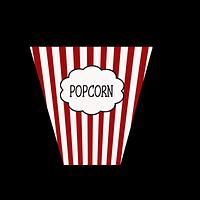
Popcorn Speech, Language, or Reinforcer Activity
Jessica Lenden-Holt
Popcorn bucket with blank popcorn pieces (large and small).
Includes activity list3
-
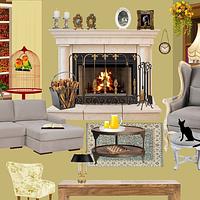
Living Room Build a Scene: Speech and Language Activities
Jessica Lenden-Holt
16 pages of multiple living room scenes, living room items, different sized items, design your own living room activity, family members, pets.
4
-
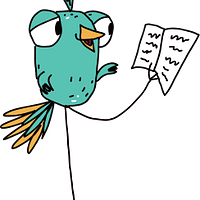
Kiki's Holiday Breakfast Story
Bailey Morgan, MA, CCC-SLP
A story about Kiki who is planning to make breakfast for the holidays. The story focuses on planning, making lists, requesting, problem solving, following a recipe, and more.
Includes activity list5
-
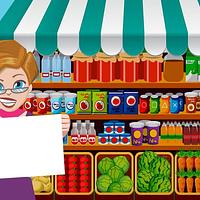
Shopping and Money Management Speech, Language or Reinforcer Activity
Jessica Lenden-Holt
28 pages of shopping photos and activities related to shopping/money management.
4
-
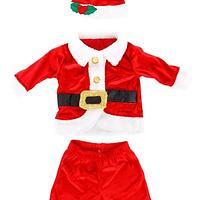
Santa Dress Up
Jessica Lenden-Holt
Winter clothing for Santa. Dress up activity. Can also be used as a reinforcer.
2
-
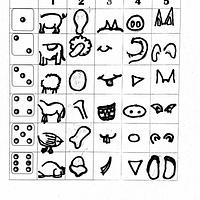
Roll a Dice Game-Draw An Animal
Jessica Lenden-Holt
Roll a Dice Game/Reinforcer. Different animal bodies/body parts. Create an Animal.
3
-
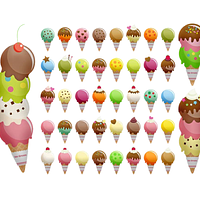
Ice Cream Shoppe Speech, Language and Reinforcer Activities
Jessica Lenden-Holt
21 pages of Ice Cream Shoppe activities. Word problems, money, following directions activities, simple narrative with comprehension questions, question cards, variety of ice creams for create a sce...
2
-
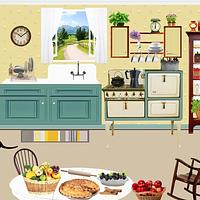
Kitchen Items/Food Items/Create a Scene Activity
Jessica Lenden-Holt
19 pages. Variety of kitchen and food pictures with other kitchen items. Can be modified for a variety of language or articulation activities. Wh-question cards, command cards, recipe card, and more
Includes activity list4
-
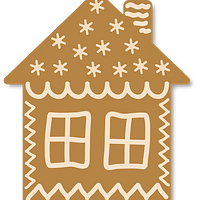
Gingerbread Speech, Language, Reinforcer Activity
Jessica Lenden-Holt
Gingerbread house template with pages of candies/gingerbread men, gingerbread girls/decorating items in 3 different sizes.
2
-
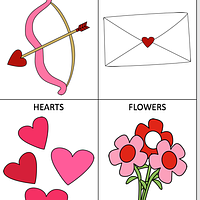
Valentine’s Day Vocabulary Cards
Sara Lowczyk
Large vocabulary cards to be used in matching games, go-fish, flash cards, etc.
2
-
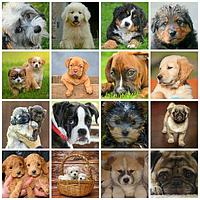
Pets and Animals Speech, Language, Reinforcer Activity
Jessica Lenden-Holt
17 pages of pet themed speech and language activities. Create a scene with dogs and dog house. Create a scene with cats and cat items. Add frogs to water. Add birds to bird cage. Question cards, co...
Includes activity list4
-
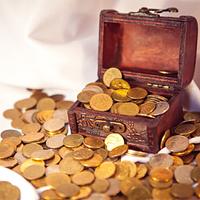
Pirate Themed Speech and Language Activities
Jessica Lenden-Holt
16 pages of pirate themed activities. Gold Coins/Treasure Chest. Pirate Clothing. Treasure Map/Pirate Items. Question cards. Command cards. Fill-in-the-blank pirate story with category items. 2 pir...
2
-

2
-
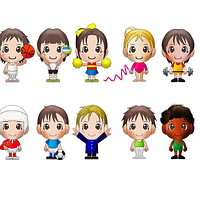
Sports Game Boards, Players, Jerseys, Balls For Football, Soccer, Baseball, Basketball and More
Jessica Lenden-Holt
24 pages of sports themed speech and language activities
Includes activity list3
-

Summer Beach Create a Scene, Speech/Language/Reinforcer Activities
Jessica Lenden-Holt
19 pages of summer beach scenes, summer/beach items, different sizes and colors of items, sea life, people, question cards, following directions cards, and more. Can be used as a reinforcer for cor...
Includes activity list3
-

Egg Coloring/Craft
Jessica Lenden-Holt
*Coloring/craft activity *11 white eggs *8 medium, 1 large, 1 small *Can be modified to target articulation or language skills.
2
-
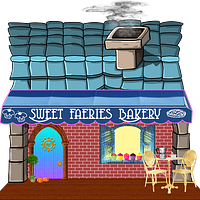
Cupcake Shoppe Speech/Language/Reinforcer Activities
Jessica Lenden-Holt
19 pages of cupcake activities. Including: 2 bakery create a scene backgrounds, 2 page of create a scene items/bakers, 4 create your own cupcake black/white images, 2 pages of large cupcakes, 2 pag...
2